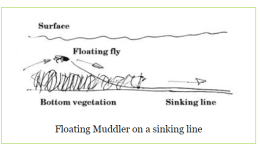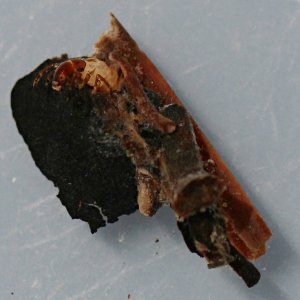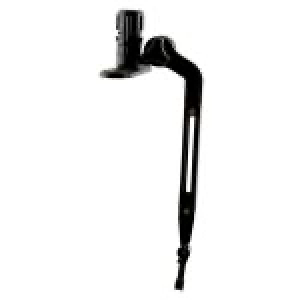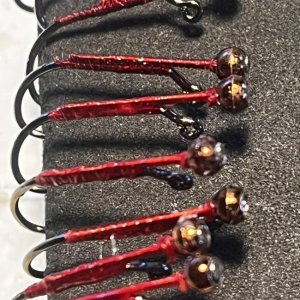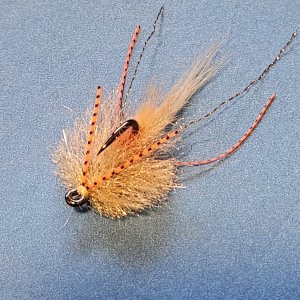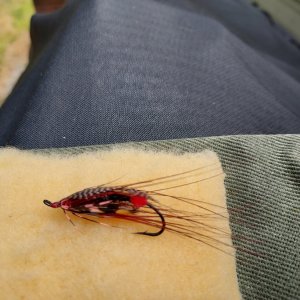I am a bit confused on how some of the different sinking lines perform. I use the Level Sink Cortland line. They also offer their Seek line, which has a fast sink belly with slow sinking tip. What is the strong point in performance, one over the other, of these lines.? I guess I'm asking for a tutorial on sinking lines. Most my lake fishing is using the countdown technique, so this matters to me...
You are using an out of date browser. It may not display this or other websites correctly.
You should upgrade or use an alternative browser.
You should upgrade or use an alternative browser.
Sinking Belly Lines
- Thread starter Wetswinger
- Start date
I think what you’re referring to is a “sweep” line. I saw the video below, recently.
Note that on your level sink line, the belly sinks faster than the front taper, so with these "parabolic" lines it is even more exaggerated. The two replies above me give the two reasons I know of for choosing such a line. On the other end of the spectrum are multi density lines where to front taper sinks fastest and the running line sinks the slowest, which brings you closer to a true level sink.
Note that on your level sink line, the belly sinks faster than the front taper
Density compensated lines don’t do this, right?
Aren’t most (good) sinking lines density compensated, these days?
Density compensated lines don’t do this, right?
Aren’t most (good) sinking lines density compensated, these days?
In my mind, density compensated and "level sink" are mutually exclusive. But looking at cortland's level sink you're right, it is density compensated.
Yep, DC lines correct for the smaller tip (with less sinking coating because less surface area) to make the entire line sink at the same rate.Density compensated lines don’t do this, right?
Aren’t most (good) sinking lines density compensated, these days?
There are many good lines out now that are designed to have a belly/parabolic shape. As mentioned above, Cortland for example makes a 'seek' line which is a parabolic sink. SA makes one too. I guess those are technically density compensated to achieve the desired sinking qualities, but that term (Density Compensated) historically has meant the line is designed to sink at a uniform rate to eliminate the parabola.

